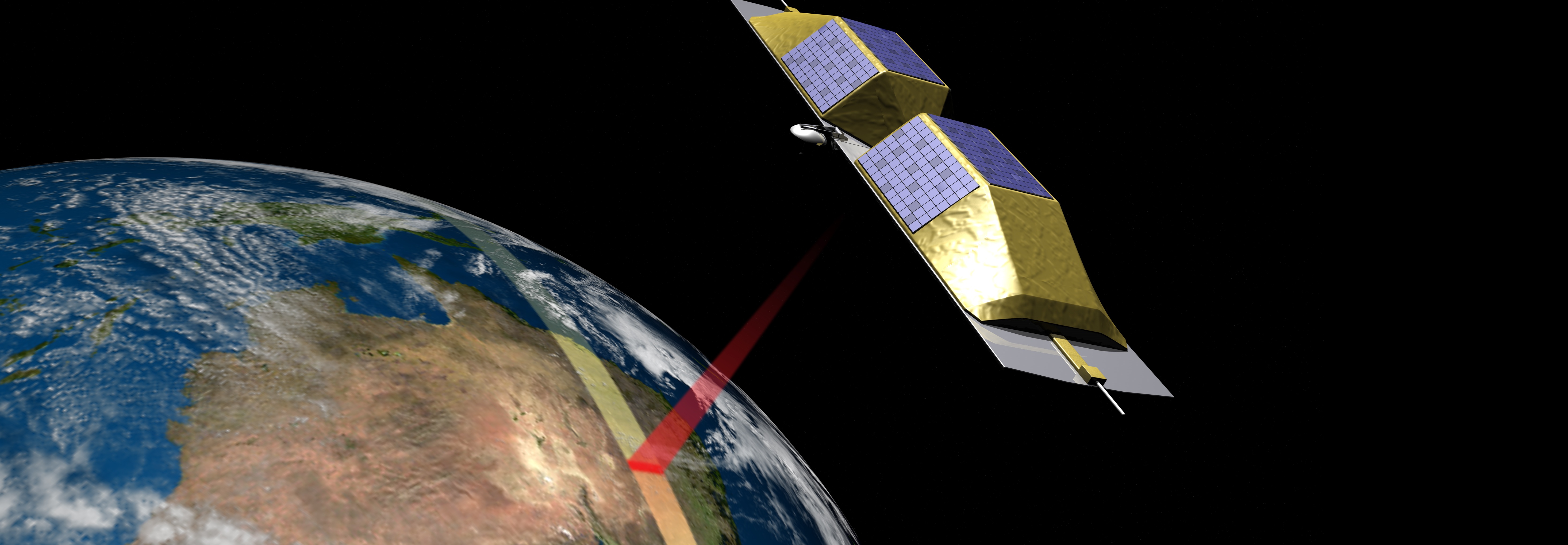Garada - SAR Formation Flying

Garada, funded by the Australian Space Research Program (ASRP), is a collaborative space engineering research project at the Australian Centre for Space Engineering Research (ACSER). Garada's primary mission is focusing on measuring the moisture in Australia's soils - for environmental protection, agriculture, land use planning, meteorology, ecology, mining and prediction of dust conditions. Using L-band radar, it will also measure forest conditions and flooding events.
View the Finding Australia's Invisible Resource report produced by the Garada project explaining the Design of a National Environmental Monitoring Capability.
Industry studies have identified urgent shortfalls in Australia's access to medium resolution optical and L-Band SAR data. There are currently no L-Band satellites and only two are planned by other countries in the years ahead.
The Garada project aims not only to help fill the gap with a design that uses high technology to achieve significant cost reduction but to build some of the essential supporting satellite navigation hardware.
The Garada project includes a study of the orbits and ground station design for Antarctic Groundstation (AG), a proposal for a ground station at an Australian Antarctic base to downlink data from polar orbiting satellites including Garada. AG relies on Antarctic Broadband (AB) to relay the data back to the Australian mainland. AG will double the downlink capacity of all existing and planned polar orbiting satellites that rely on the Norwegian ground station at Svalbard.
In collaboration with prominent industry partners, the UNSW-led project will also identify preliminary industrialisation options, both Australian and international, for the development of the low cost L-Band SAR and AG.
Garada project will boost Australia's space capabilities in the niche of small satellites and help develop the case for an Antarctic polar ground station that will improve the data return from all polar orbiting satellites.




